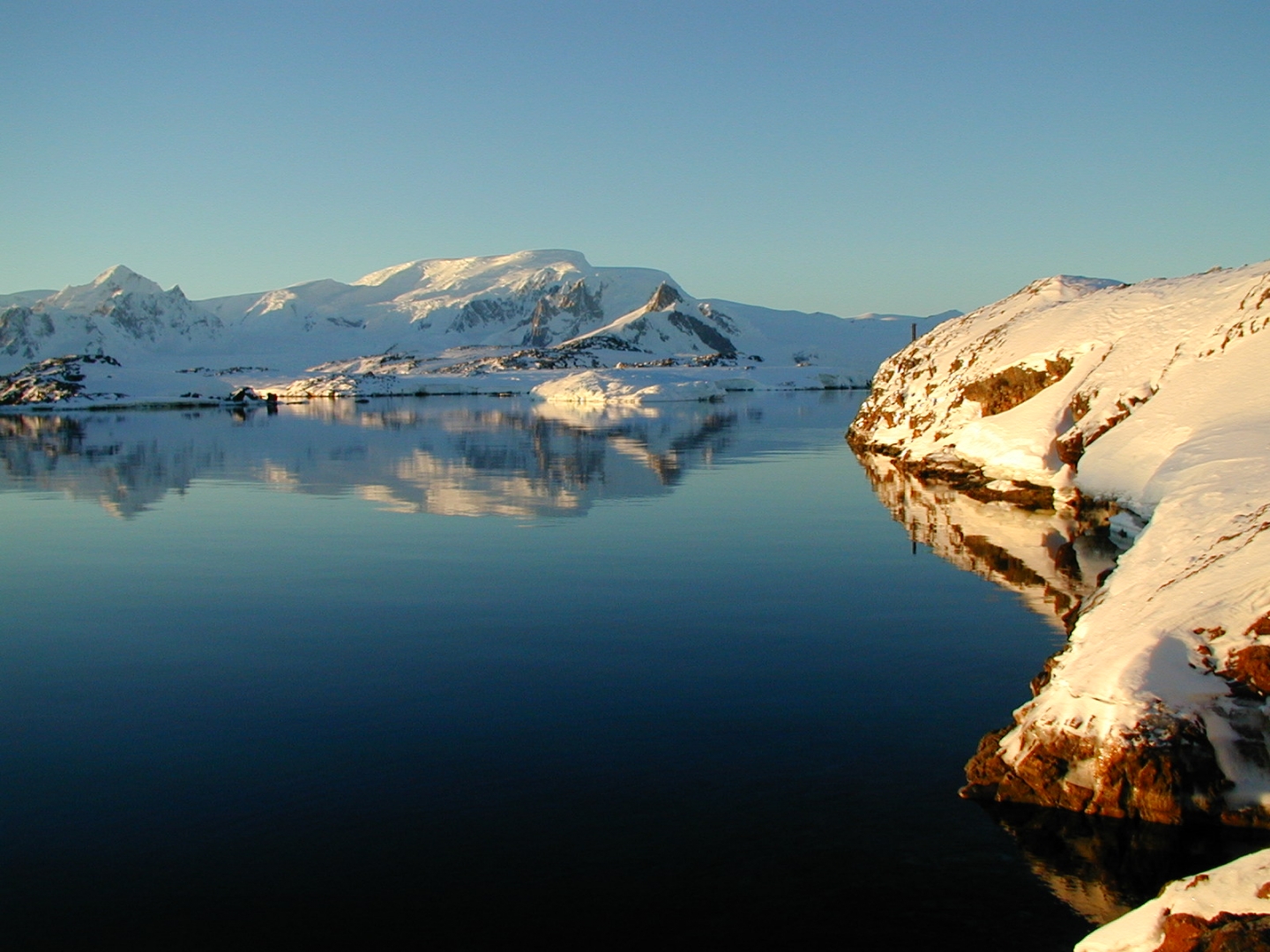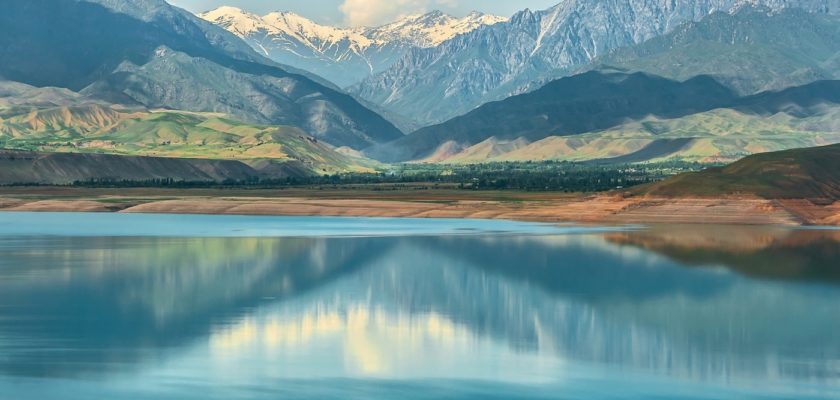Earth’s majesty isn’t limited to towering peaks and boundless oceans. Nestled within its diverse landscapes lie captivating lakes, their serene waters reflecting not just the sky above, but entire ecosystems teeming with life. While vastness and surface sparkle often grab the spotlight, there’s another dimension to these aquatic wonders – depth. Prepare to plunge into the unknown, for this journey unlocks the secrets of the top 7 deepest lakes in the world, each a testament to Earth’s profound beauty and hidden mysteries.
Caspian Sea
Maximum depth: 1,025 meters (3,363 feet) in the southern Caspian
Often classified as the world’s largest saltwater lake. It is the third deepest lake globally. The Caspian Sea, often mistakenly considered a sea, is the world’s largest endorheic lake, meaning it has no outlet to the ocean. Its vast expanse stretches across five countries, its salty waters a haven for sturgeon and a vital source of oil and gas. From the bustling shores of Baku to the windswept plains of Kazakhstan, the Caspian Sea’s story is one of cultural richness and environmental challenges.
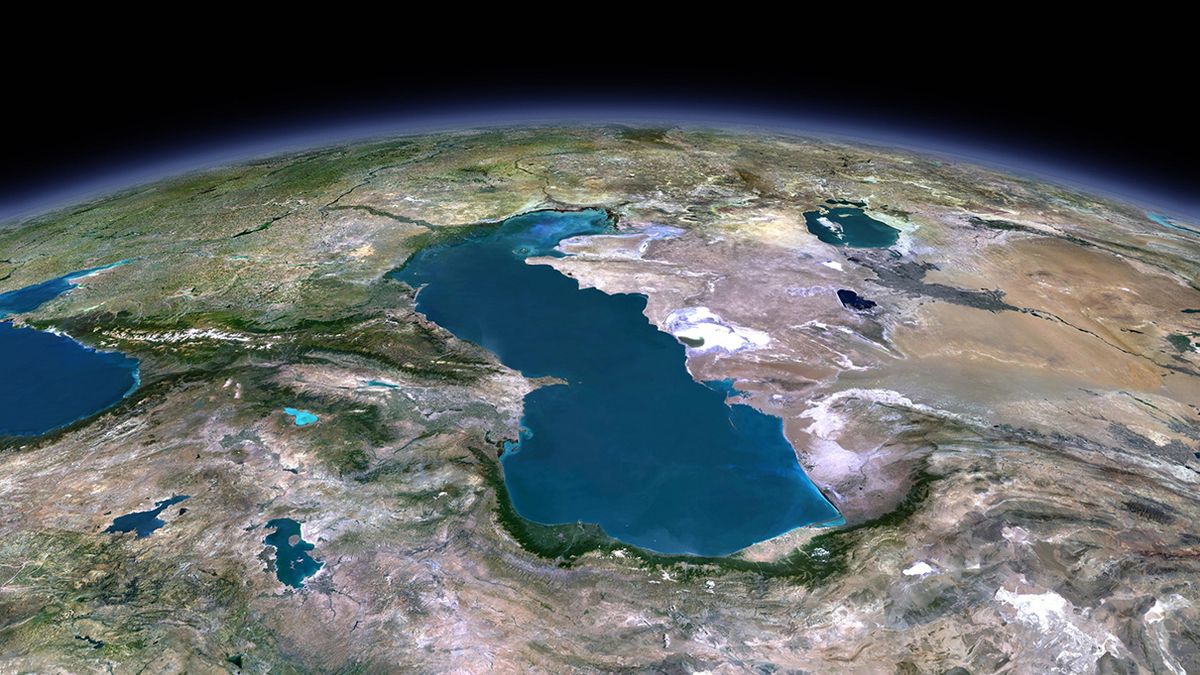
Lake Baikal, Russia
Maximum depth: 1,642 meters (5,387 feet)
Lake Baikal is not only the deepest lake globally but also the oldest, estimated to be around 25 million years old. Reigning supreme as the deepest and largest freshwater lake on Earth, Baikal is a Siberian treasure. its crystal-clear waters hold 20% of the world’s unfrozen freshwater, a staggering volume that surpasses all the Great Lakes combined. Home to unique species like the Baikal seal, this UNESCO World Heritage Site is a biodiversity hotspot and a testament to the planet’s ancient past.
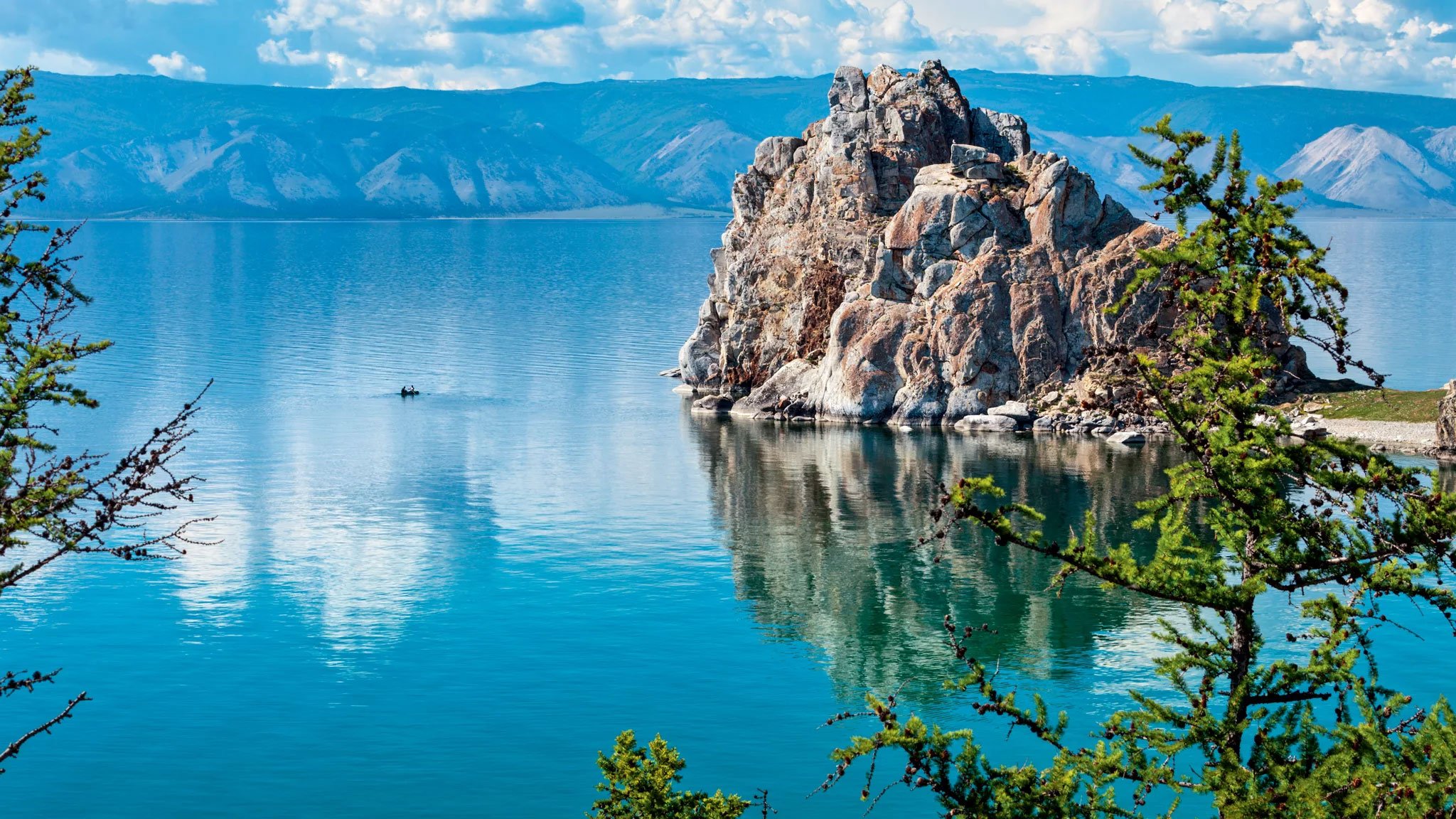
Lake Tanganyika, Africa
Maximum depth: 1,470 meters (4,820 feet) in the northern basin
Straddling the borders of four countries, Tanganyika is the second-deepest lake and the second-largest freshwater body by volume. Its impressive depths shelter a mesmerizing underwater world, teeming with diverse fish species, including the iconic giant cichlids. From the misty mountains of Burundi to the sun-drenched shores of Tanzania, Tanganyika’s beauty is as vast as its depths.
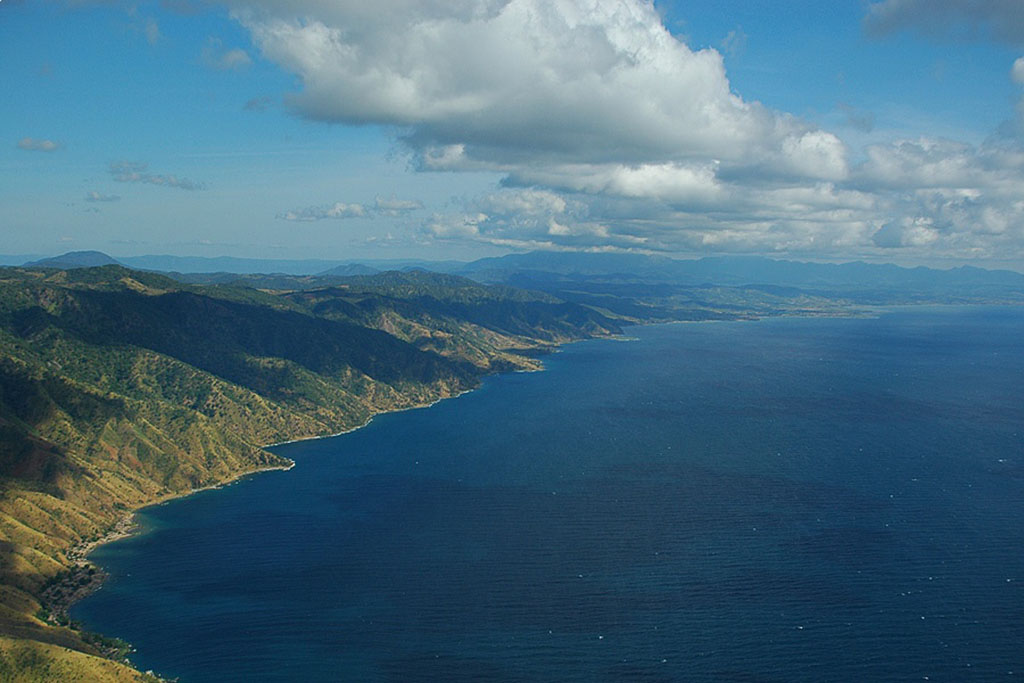
Lake Malawi, Africa
Maximum depth: 706 meters (2,316 feet)
Malawi/Nyasa, cradled by the Rift Valley in southeastern Africa, is a lake of vibrant life. Its waters teem with “cichlid cichlids,” colorful fish found nowhere else on Earth, making it a haven for biodiversity and a natural aquarium enthusiast’s dream. From the bustling markets of Monkey Bay to the tranquil shores of Cape Maclear, Malawi’s charm lies in its blend of natural beauty and cultural vibrancy.
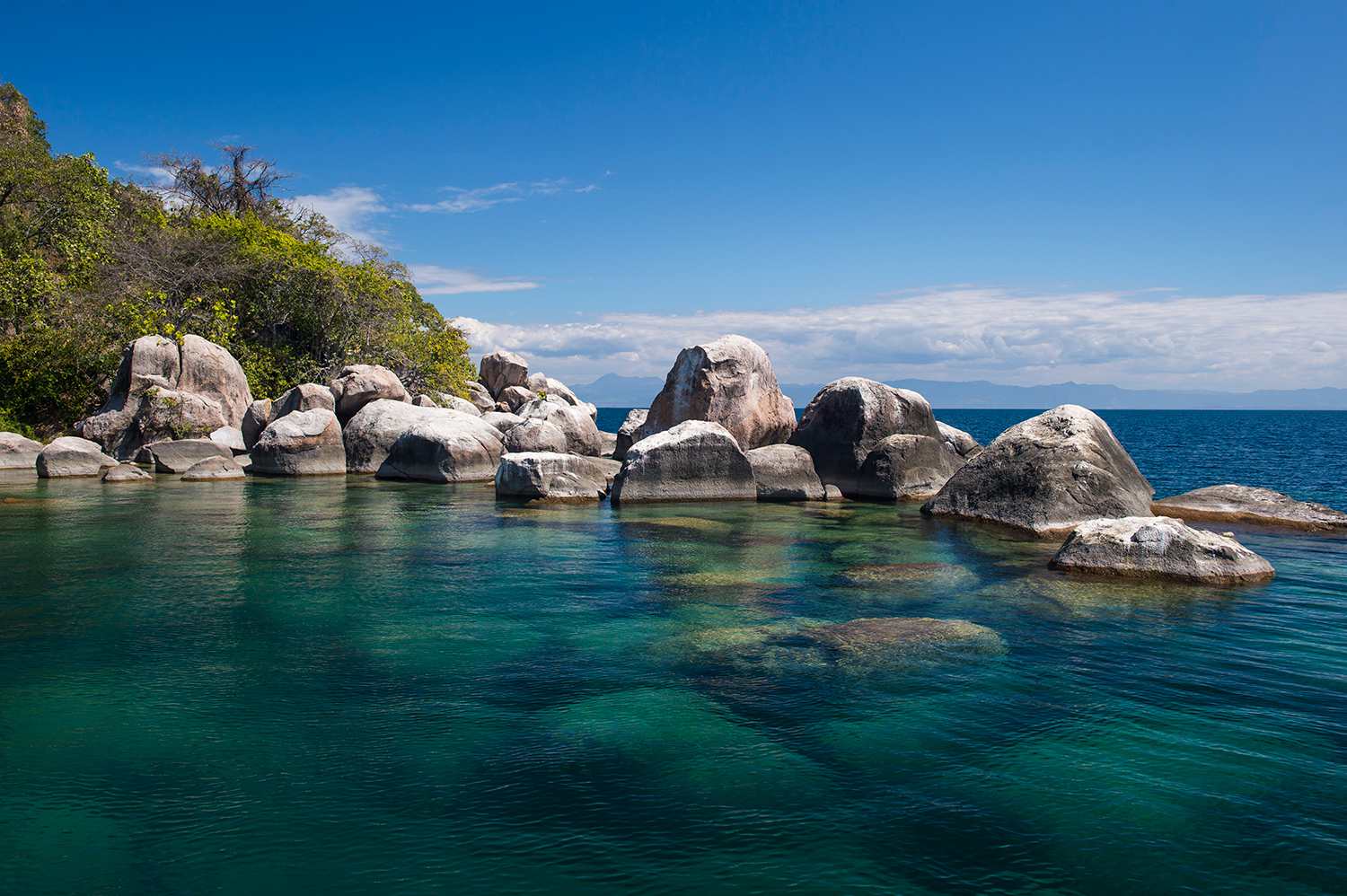
O’Higgins/San Martín Lake, Chile/Argentina
Maximum depth: 837 meters (2,746 feet)
Nestled amidst the majestic Andes Mountains, O’Higgins/San Martín, shared by Argentina and Chile, is a breathtaking spectacle. Glacial waters carve through towering peaks, creating fjords and emerald islands that paint a picture of pristine beauty. This Patagonian gem is a paradise for adventure seekers, offering kayaking, trekking, and stunning views that will stay with you long after you leave.
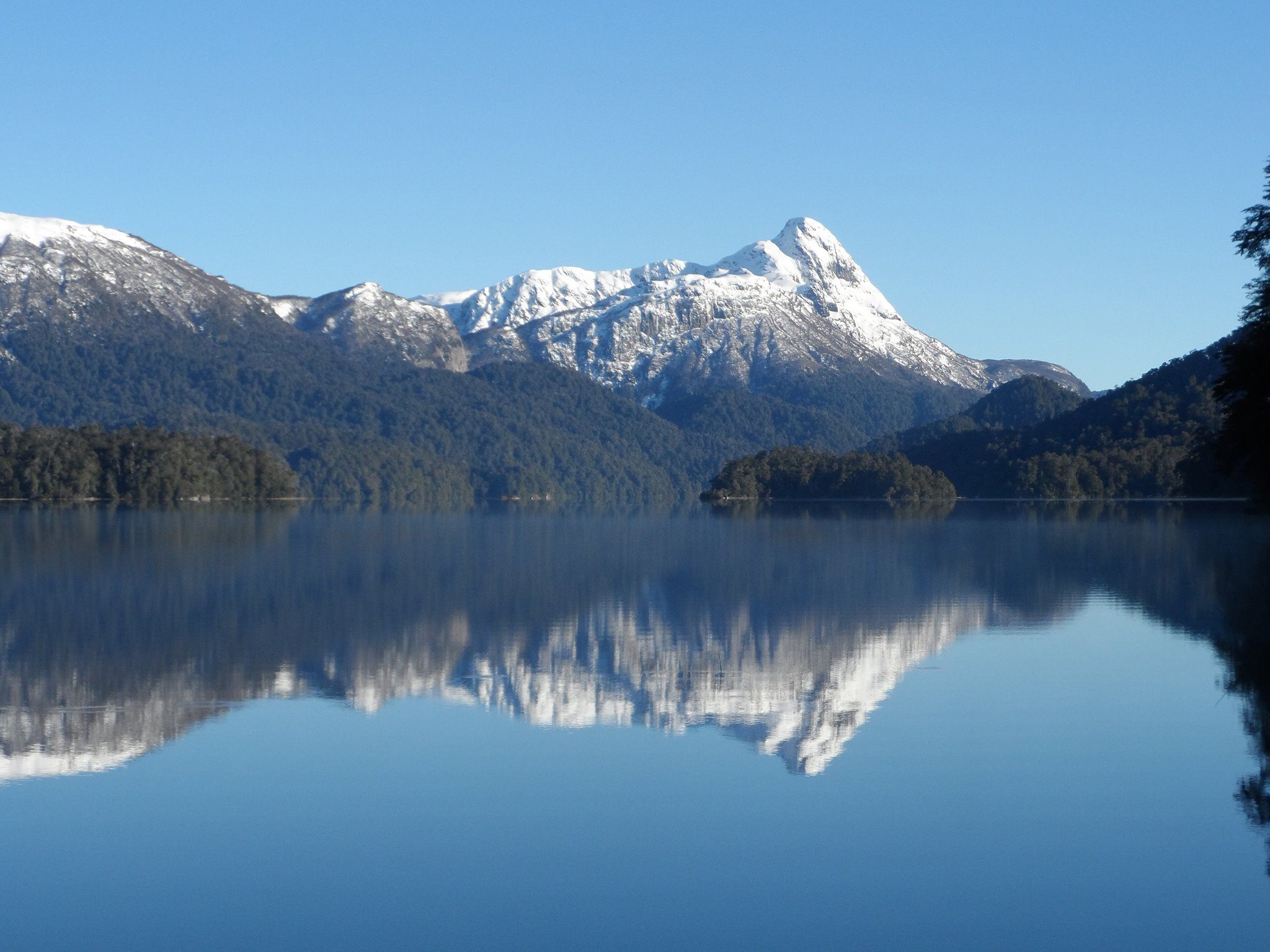
Issyk-Kul, Kyrgyzstan
Maximum depth: 668 meters (2,224 feet)
Issyk-Kul, nestled in the Tien Shan mountains of Central Asia, is a saline lake shrouded in legend. Believed to be bottomless by some, its clear waters and scenic beauty have made it a popular resort destination for centuries. Issyk-Kul’s unique ecosystem, with its blend of freshwater and marine life, is a testament to the region’s rich natural heritage.
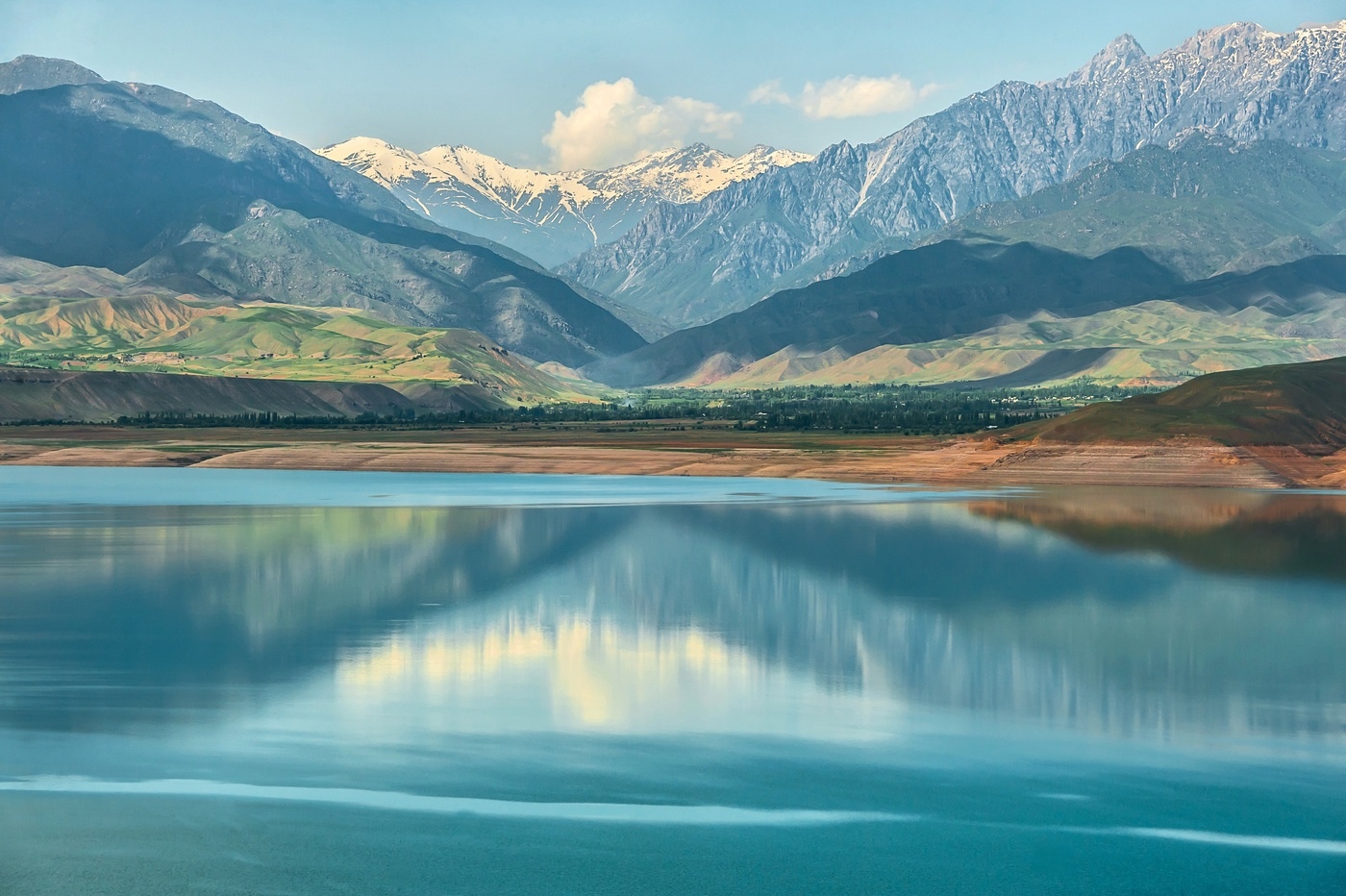
Lake Vostok, Antarctica
Maximum depth: 800 meters (2,600 feet)
Buried beneath the thick Antarctic ice sheet lies Vostok, a hidden gem cloaked in mystery. This subglacial lake, isolated for millions of years, is a window into Earth’s ancient past and a potential haven for extremophile life forms. Researching Vostok is like peering into another world, pushing the boundaries of scientific exploration and our understanding of life’s resilience.
